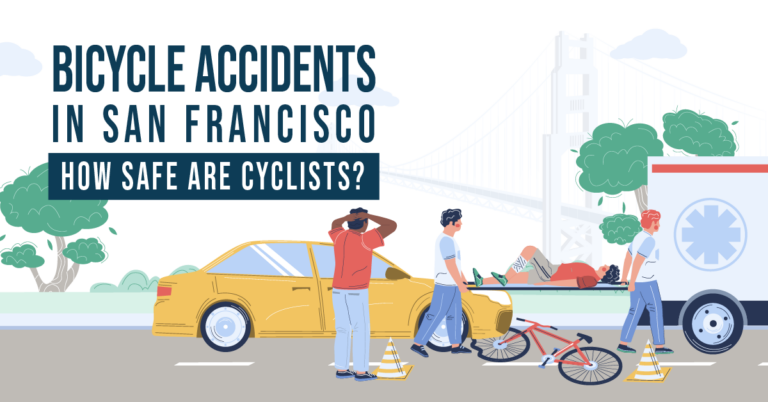Just a few days have passed since Tesla Motors released an “autopilot” feature for its Model S Sedan, and WIRED reports that the feature has already come close to causing some bad crashes.
This is a video of Tesla’s autonomous driving mode steering the car into an oncoming traffic lane. As you can see, only the quick thinking of an actual human saves the occupants of both cars from a massive impact, certain injury, and possible death.
To make matters worse, the autopilot feature allows users to set its speed well above the posted speed limit on a given road.
In fact, three driving enthusiasts who have previously set cross-country driving records in the past, also used the autopilot feature of a Model S to drive across the country at speeds above 90 mph. It is only a matter of time before someone is killed because of the feature.
A lot has been made of the potential that autonomous cars have to decrease auto accidents and injuries on the roads. As an Orange County personal injury lawyer who happens to deal with both auto accident cases and defective product cases in California, I find myself in doubt.
Beyond the obvious potential for hacking that a self-driving car has, these features are just not ready for prime-time.
Also, from a legal standpoint, technology is far ahead of the law on autonomous driving. As of this time, it’s not clear who is responsible for an accident that happens while a car drives itself. Is it the auto manufacturer? In Volvo’s case, the manufacturer has stated that they will accept liability for accidents their vehicles cause in autonomous mode. (It should be noted that Volvo does not currently sell any self-driving cars.)
When there is a car accident, almost every accident involves payments from an insurance policy. While California law requires all drivers carry at least $15,000 in liability coverage, it is not clear whether insurance companies will accept liability on behalf of a driver who was not actually driving the car. These are issues that need to be resolved, and unfortunately, with Tesla cars already steering themselves on our roads, accidents and resulting case law cannot be far behind.
Is it even legal to drive an autonomous car in California?
There are no laws specifically prohibiting autonomous vehicles on California roads. While there is a statute that governs the testing of self-driving cars, their use is something of a grey area at this time.
There is also no regulation of self-driving cars on the Federal level, but the National Highway Transportation Safety Administration has already begun to think about what future regulation might look like. The NHTSA currently ranks self-driving cars from zero to four, based on how advanced their features are.
- Level 0 – No Autonomy: The driver in in complete control at all times. Think of a classic 72 Lincoln Continental (my partner John Rajaee has one of these in mint condition), or your very first Toyota Corolla from 1992 with the cloth seats.
- Level 1 – One or more automated features. A level one car might have cruise control, electronic stability control or self-priming brakes. Almost all modern vehicles are level 1.
- Level 2 – At least two automated features designed to work TOGETHER. An example would be cruise control, paired with automatic lane centering. A Tesla Model S equipped with Autopilot would be considered a level 2 car.
- Level 3 – The driver can give the car full control of the car, including all safety features, and is expected to be available for control only occasionally. The Google self-driving car prototype is an example of a level 3 car.
- Level 4 – Full Autonomy. Think “Minority Report” style vehicles in a science fiction movie. These do not currently exist.
At the end of the day, while self-driving cars have the potential to make our lives much safer in the long run, in the short term we have no idea how well these systems work, who will be financially responsible for accidents, or whether their operation is even technically legal. As a personal injury lawyer in Irvine, California, I know for certain that it will be a long time before the robots pry the steering wheel from my hands.
- Bicycle Accidents in San Francisco: How Safe Are Cyclists? - July 10, 2023
- 6 Ways Posting on Social Media Can Hurt Your Personal Injury Claim - July 5, 2023
- DUI Crashes in Sacramento: 6 Significant Numbers You Should Know - July 3, 2023


